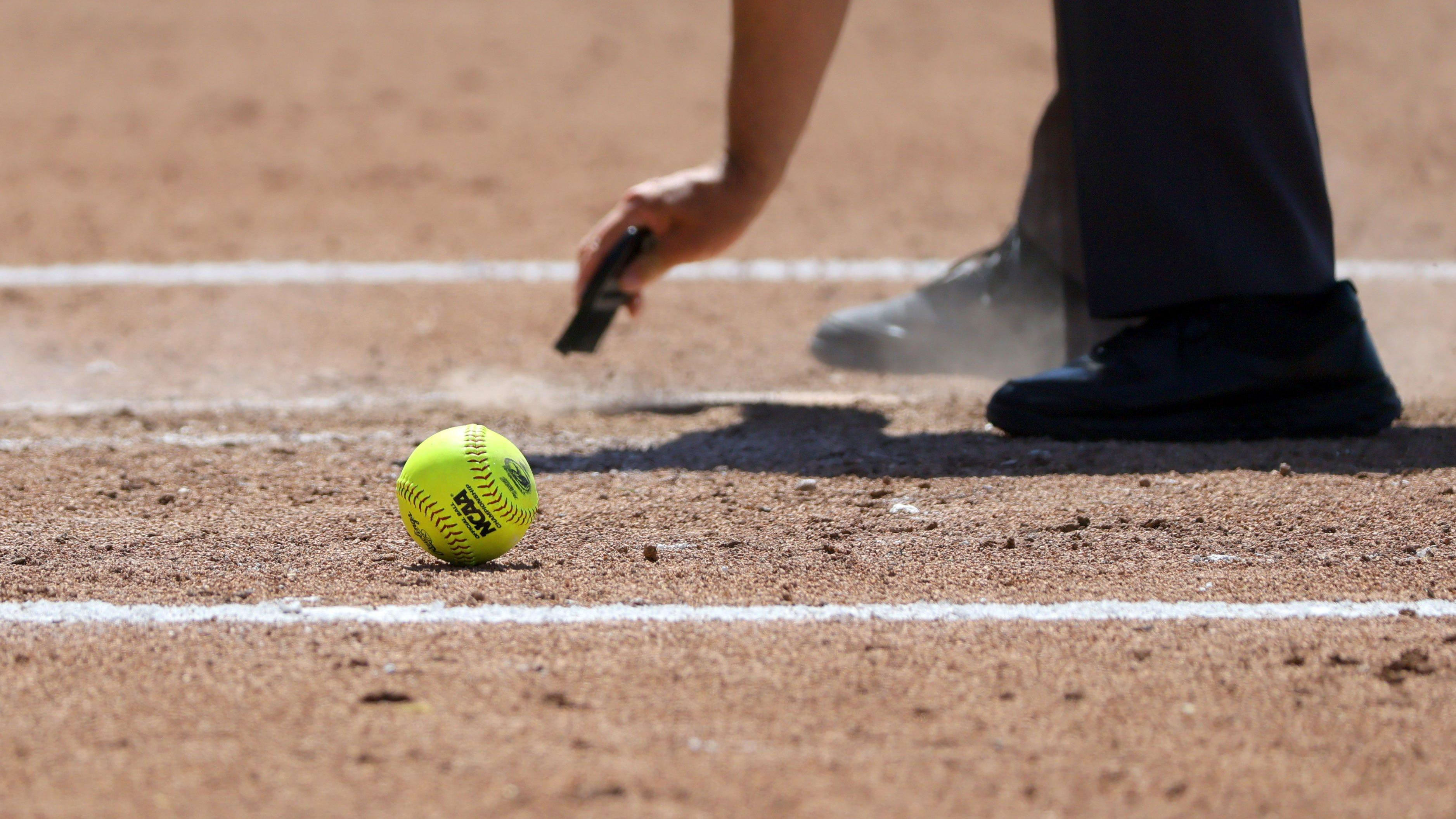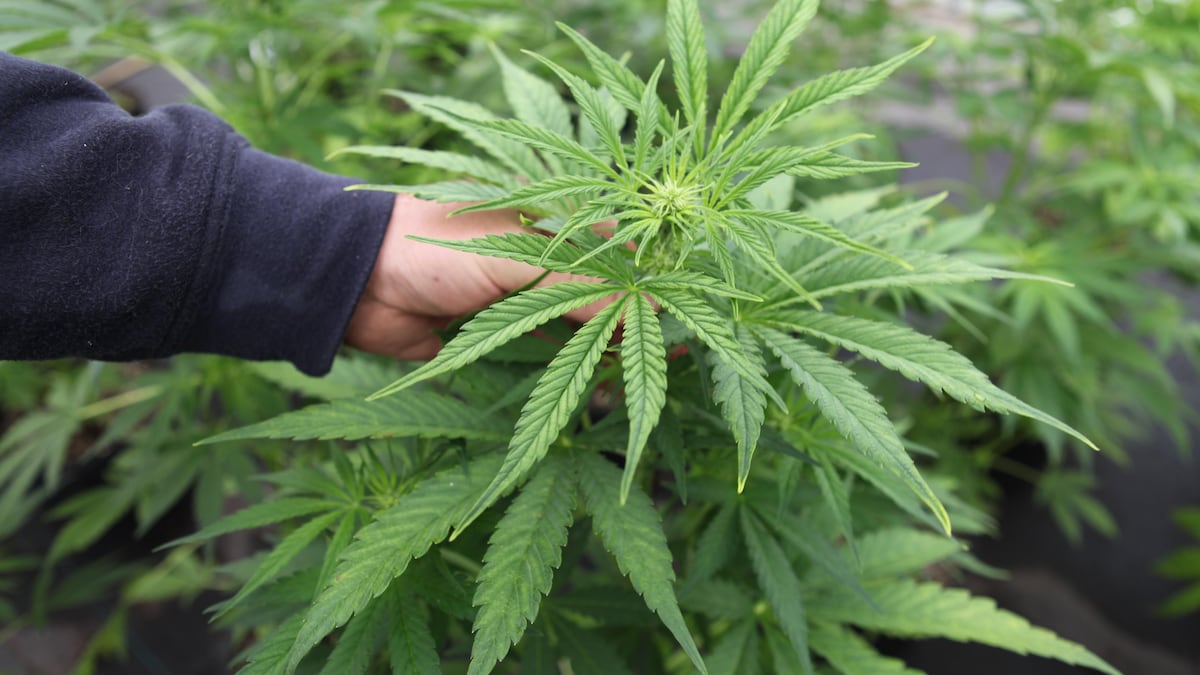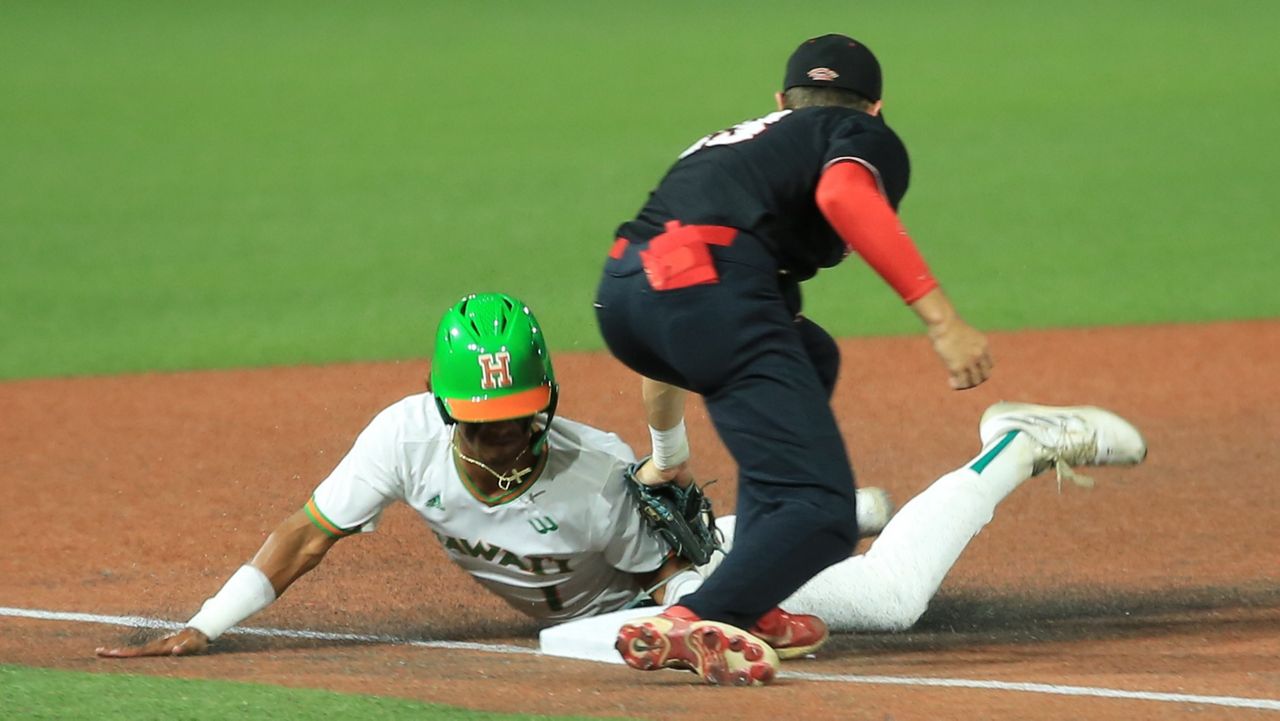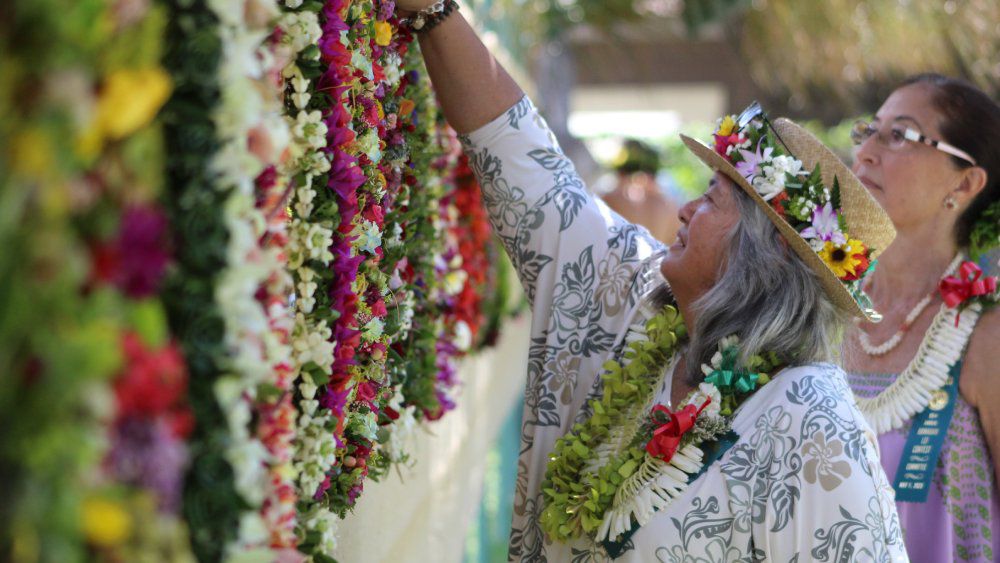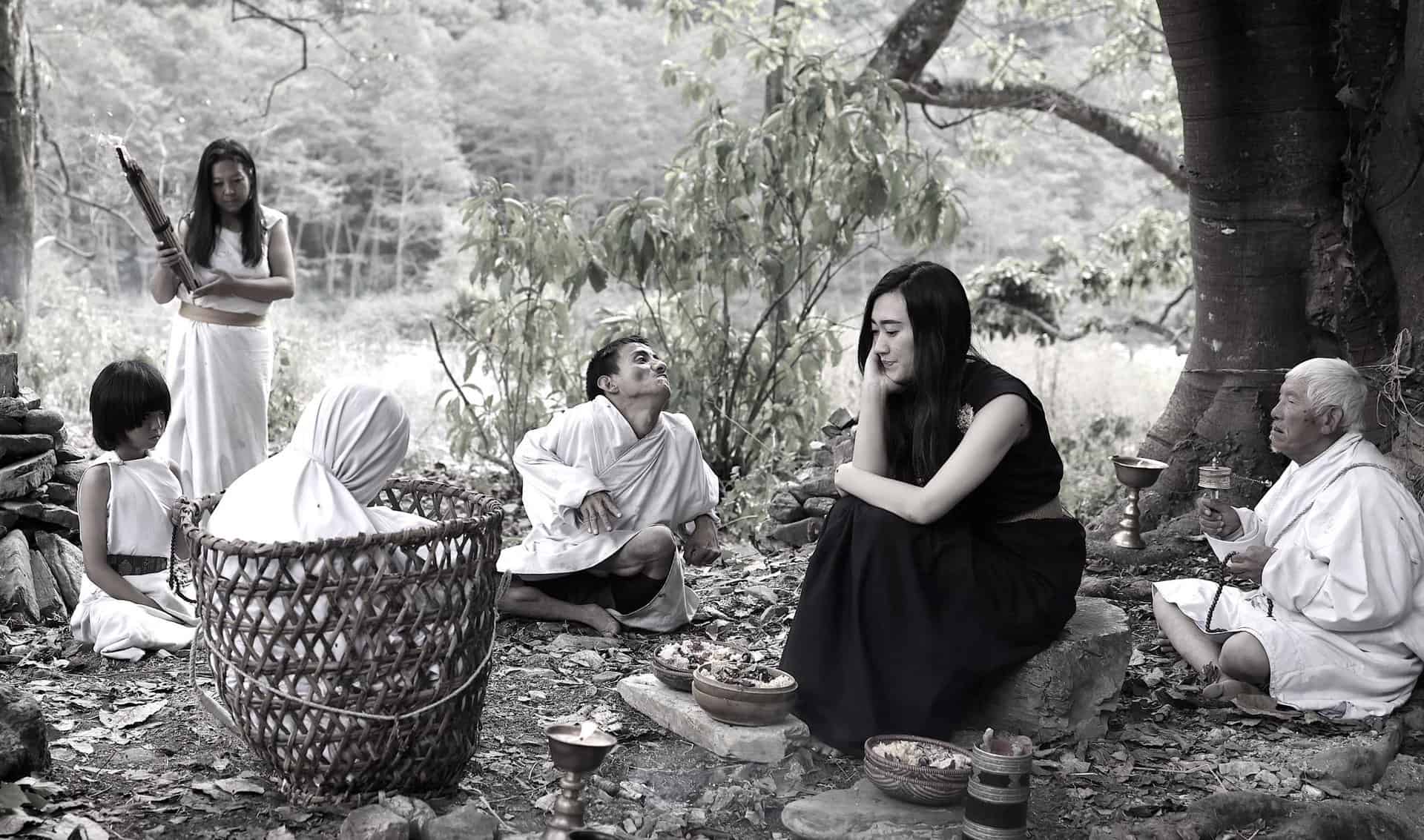HONOLULU — The annual tradition of love for native Hawaiian culture and the symbolic lei continues with the 96th Lei Day Celebration taking place from 9 a.m. to 5 p.m. May 1 at the Kapiolani Park Bandstand.
What You Need To Know
- Those wanting to enter a fresh flower lei in the contest can do so between 7:30 and 9 a.m. at the Lei Receiving Booth on event day
- The public can also enjoy performances by the Hawaiian Steel Guitar Association, 10 a.m. to 3 p.m. in the Lei Exhibit area, and artisans sharing their skills in the Kūlana Lei village
- In addition to Lei Day, the public is also invited to attend the closing ceremony for the Lei Day Celebration that will be held the next day, May 2, at Mauna ʻAla (The Royal Mausoleum) at 9 a.m., and at Kawaiāhaʻo Church at about 10:15 a.m.
In keeping with this year’s theme, the public is invited to “Komo mai kāu māpuna hoe” or “Dip your paddle in,” in other words, join in the effort. In this case, join in the fun and celebration as the skill and artistry of lei makers are showcased in the lei exhibit and local entertainment and hula halau take to the stage.
The Lei Day Court typically consists of one queen, first princess and princess. However, 2024 Lei Queen Tehina Kaʻena Kahikina will reign over this year’s festivities with her court of five princesses — Princesses Angela Jeanell Cezar Miranda, Makana Marie Wilson, Madison Kamalei Espinas, Sara No‘eau Campbell and Lulani Kaehulaniokekai Chung-Kuehu.
This isn’t the first time there have been more than two princesses.
“I can remember, just in my time, 2007, we had seven,” said Gina Loveland, a former employee with the Honolulu Department of Parks and Recreation from 2005 until after the COVID-19 pandemic.
“They protested. That was the time of (Daveanne) Manu Anana; before they even competed, they clicked. So they informed us,” said Loveland with a smile. Wanting to stay together as a group, the women said they were willing to contribute in paying for any additional costs the larger group would incur. “Anana was almost like the perfect queen. She was inclusive,” said Loveland.
(Photo courtesy of Honolulu Department of Parks and Recreation)
Loveland said she was impressed by Anana who performed her dance at the Kapiolani Park bandstand on Lei Day, easily maneuvering up and down the bandstand’s many steps like “Dorothy Lamour on the stage.”
Although she has since retired from the department, Loveland — together with her husband, Dennis, also a former DPR employee — continues to attend the annual event and help where she can.
Over many years, Lei Day drew her in like a fisherman pulling in his net because of the culture, authenticity and mainly the people — staff, lei makers, residents and visitors.
Loveland joined lei-making classes, learning the different sewing methods, and also met master lei makers such as Brian Choy, his brother Reynold, and Bill Char. “They’re so humble. And they did actually grow plants for lei.” Loveland said there was an atmosphere of sharing and widening the circle. She said they used to go hiking to find different ferns for the lei, something she wishes she had experienced.
She also learned much about the native florals. “One year the featured flower (of Lei Day) was ʻaʻaliʻi. And I’m thinking, ‘What the heck does it look like.’” Today she knows it’s a “brush and it’s supposed to like the wind and is known for being strong because it’s being buffeted.”
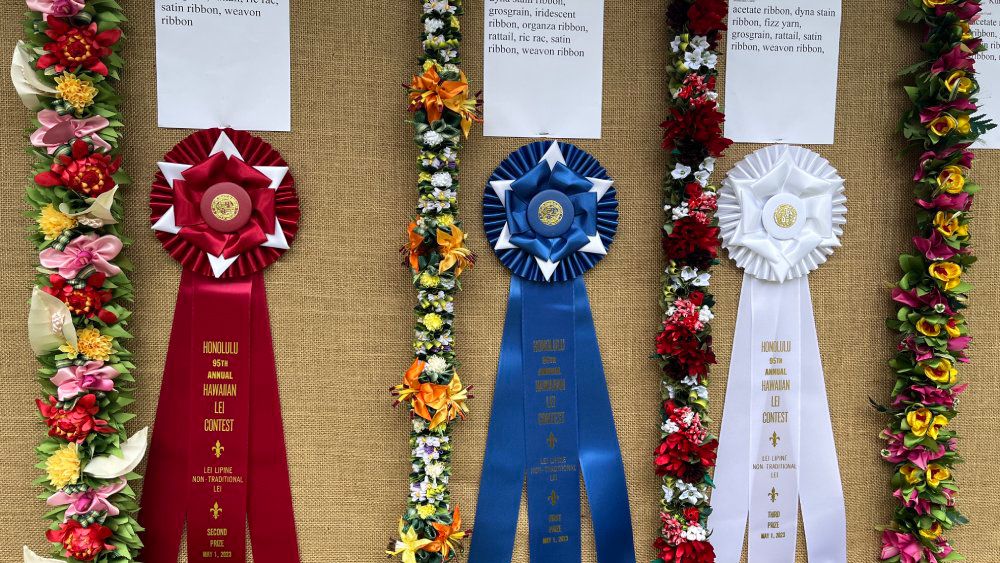
(Photo courtesy of Honolulu Department of Parks and Recreation)
Those wanting to enter a fresh flower lei in the contest can do so between 7:30 and 9 a.m. at the Lei Receiving Booth on event day. Following the judging and official opening of the exhibit by the Lei Court, the public will get to view the exhibit from 1 to 4:45 p.m.
The public can also enjoy performances by the Hawaiian Steel Guitar Association, 10 a.m. to 3 p.m. in the Lei Exhibit area, and artisans sharing their skills in the Kūlana Lei village. Vendors and event sponsors will also sell crafts, lei and food.
To Loveland, Lei Day is more than just an event. “Once I learned about the culture and met the people … it just really resonated.”
In addition to Lei Day, the public is also invited to attend the closing ceremony for the Lei Day Celebration that will be held the next day, May 2, at Mauna ʻAla (The Royal Mausoleum) at 9 a.m., and at Kawaiāhaʻo Church at about 10:15 a.m. Tradition calls for placing lei from the lei contest onto the graves of Hawaii’s aliʻi, royalty, at these two locations.
As much as Loveland enjoys the Lei Day Celebration, she deeply appreciates going to Mauna ʻAla and Kawaiāhaʻo Church. “I feel the respect, the origin (of Native Hawaiian culture). I also think most people think of lei as a tourist kind of thing.”
Loveland shares a story of one of her neighbors, a kūpuna named Austin, who was raised “Hawaiian style.” Whenever his mother or father went out to holoholo, Austin and his siblings would have to make lei for them. “Thatʻs why a lot of times when Austin — when he could walk — would come back with flowers all around his hat. He would pick flowers on the way. That was the culture,” said Loveland.
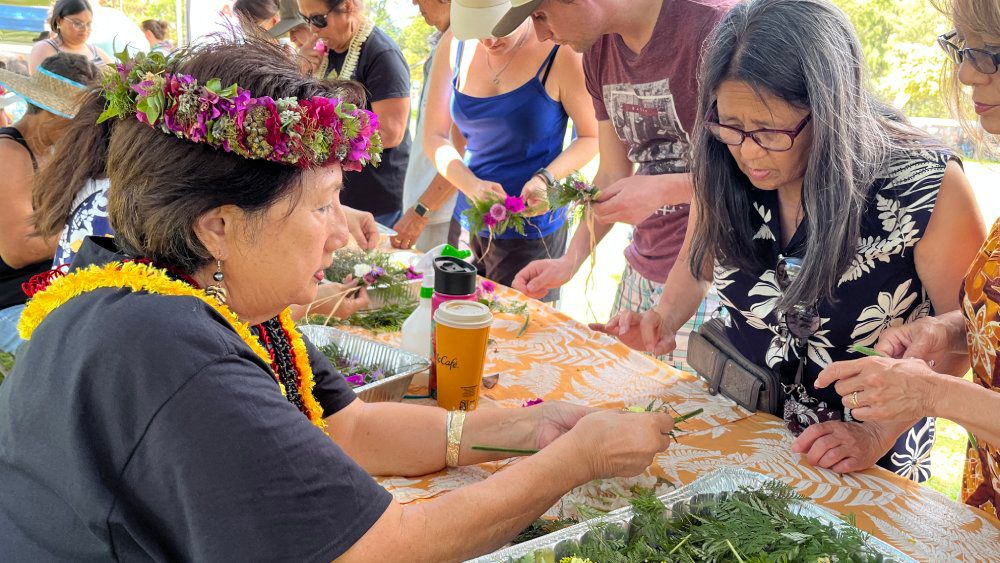
(Photo courtesy of Honolulu Department of Parks and Recreation)
“There’s an aura when you enter the grounds of Mauna ʻAla,” reflects Loveland. “There’s definitely an air of … I’m going to say peacefulness. I don’t want to say ‘somber’ because I don’t feel it’s sad. You can hear the pali, the traffic … but yeah, peaceful.”
Loveland says the crypt has been opened for the public to enter. “Dennis and I have gone down the steps with umbrellas helping the kūpuna.”
She explains that lauhala mats are put down first, then the natural lei — the lei made with yarn or other craft items are returned to their makers — from the lei contest exhibit are lined up on top of the mats. “The queen gets to choose first, then princesses, then staff, to give as hoʻokupu to the aliʻi.”
Loveland adds, “You go through an entryway and you can see the names engraved in the wall. There’s definitely awe … reverence. And definitely, history.”
Lei Day schedule:
- 9-9:45 a.m. – Performance by the Royal Hawaiian Band
- 10-10:45 a.m. – Kilohana Hula Show by the Council for Native Hawaiian Advancement presented by Southwest Airlines
- 11 a.m.-12:30 p.m. – Lei Court Ceremony
- 1-1:35 p.m. – Ei Nei performance
- 1:50-2:25 p.m. – Hōkū Zuttermeister performance
- 2:50-3:25 p.m. – Hoʻokena performance
- 3:40-4:10 p.m. – Mana Maoli Youth Collective performance
- 4:10-4:45 p.m. – Hālau Hula ʻO Hokulani performance
Sarah Yamanaka covers events, environmental and community news for Spectrum News Hawaii. She can be reached at sarah.yamanaka@charter.com.


